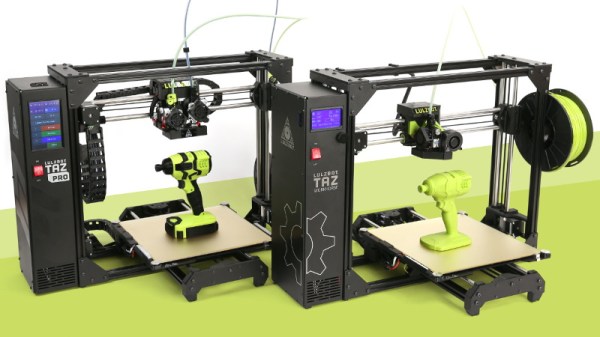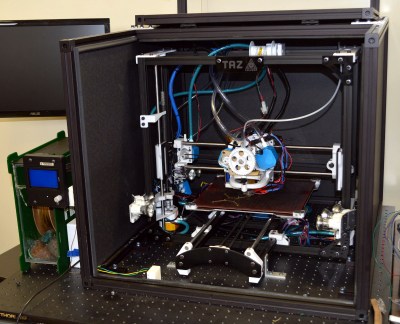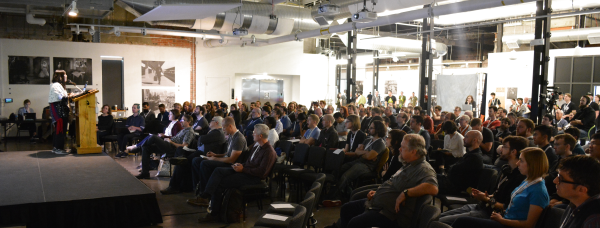It’s hard to believe it, but the Raspberry Pi has been on the market for only seven years now. The single-board computer has become so entrenched in the hobby electronics scene that it’s hard to imagine life without it, or what we did before it came along. And with the recent announcement that the 30 millionth Raspberry Pi was recently manufactured, now we have some clarity on the scale of its success. Just roll that number around in your head for a bit – that’s one Pi for every nine or so people in the USA. Some of the other facts and figures in the linked article boggle the mind too, like Eben Upton figured they’d only ever sell about 10,000 units, or that the factory in Wales where most Pis are made can assemble 15,000 units a day.
Speaking of manufacturing, have you ever considered what goes into getting a small-scale manufactured product ready for shipping? The good folks over at Gigatron know all about the joys of kitting, and have put together an interesting un-unboxing video for their flagship TTL-only retro computer. It’s a nice riff on the unboxing videos that are somehow popular on YouTube these days, and shows just how much effort they put into getting a Gigatron out the door. All told, it takes about an hour to ship each unit, and the care put into the process is evident. We especially like the part where all the chips are placed into antistatic foam in the same orientation they’ll be on the completed board. Nice touch.
Last time we checked in on the Lulzbot saga, the open source 3D printer manufacturer had been saved from complete liquidation by a company named FAME 3D. Now we’re getting the first solid details about where things go from here. Not only will thirteen of the remaining Lulzbot employees be staying on, but FAME 3D plans to hire 50 new employees to get operations back up as quickly as possible. The catch? The “F” in FAME 3D stands for Fargo, North Dakota, where Fargo Additive Manufacturing Equipment 3D is based. So Lulzbot will be moving north from Loveland, Colorado in the coming months.
For the last few years, adventure travelers making the pilgrimage to Shenzhen to scour the electronics markets have stuffed a copy of Andrew “Bunnie” Huang’s The Essential Guide to Electronics in Shenzhen into their soon-to-be-overflowing backpacks. The book is a goldmine of insider information, stuffed with maps and translation tables critical for navigating a different culture with no local language skills. Bunnie’s book has only been available in dead-tree format and now that all but the last few copies have been sold, he decided to make a web version available for free. We’d have to think a tablet or phone would be a bit harder to use in the heat of negotiation than the nice spiral-bound design of the print copy, but the fact that the insider information will now be widely available probably makes this a net positive.
And finally, if you’ve ever nearly been run over by an EV or hybrid silently backing out of a parking space, you’ll no doubt appreciate attempts to legislate some sort of audible presence to these vehicles. But what exactly should an electric vehicle be made to sound like? Volkswagen has begun to address that question, and while you can certainly read through the fluff in their press release, all you really need to do is listen to the sample. We’ve got to say that they pretty much nailed what a car of the future should sound like. Although they might have missed a real opportunity here.



















